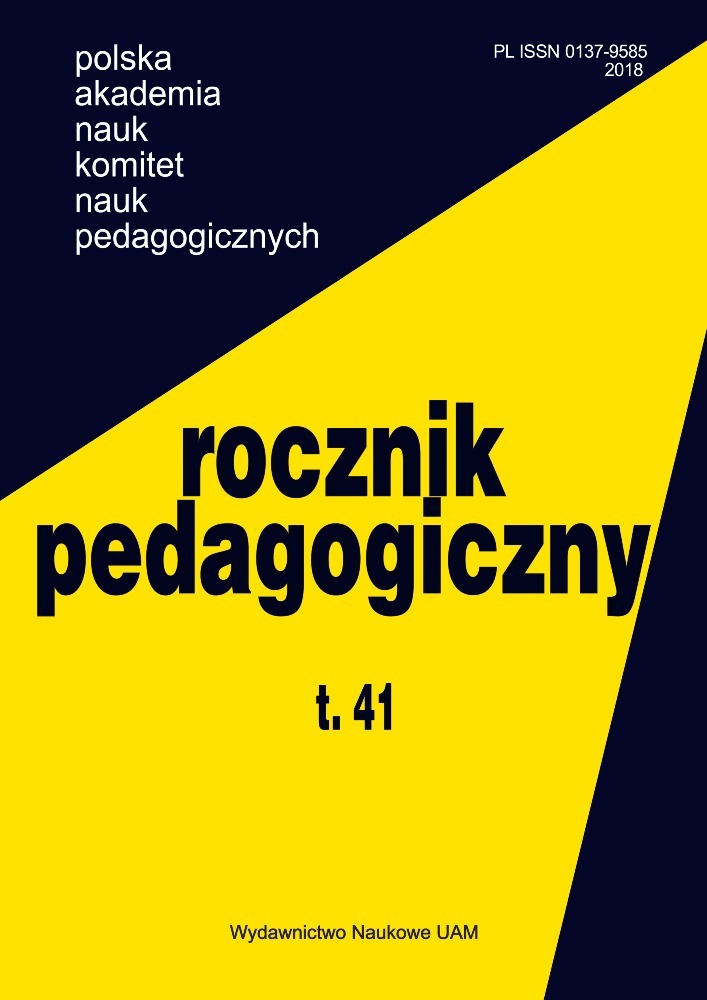Abstract
Content presented in this article is focused on the reflection of the factors determining the choice of research strategy in the analysis of school environment. Some of the elements to be examined refer to the structural and functional model of a school, others to the interpretative model. As the assump- tions about the nature of school reality are completely different within these models, depending on how the school is perceived, there are different ways of designing and conducting research. It is arguable whether derived from a structural and functional model of school (the school as an environ- ment education, positivist paradigm) only quantitative analysis are justified, and after the adoption of the interactive model (the school as a system of socio-cultural, interpretative paradigm) only qualitative research should be conducted? The choice, at the first glance, quite obvious is a matter of more complex, because the strategy of research procedure also depends on some another factors: the order in which the study is carried out, the subject and the scope of the analysis, the experience of the researcher and to some extent, to the fact who are beneficients of the results. In the first part of this article author is trying to deal with these relationships, in the second part, there are presented a few examples of analysis when using qualitative methods or strategies. Most of them are realized within the model of so-called mixed research. They are only some examples presented and they should be understood as exemplifications, not in –depth exploration. Described problems might be explained and explored in the future using other methods and techniques, as well as combining them.
